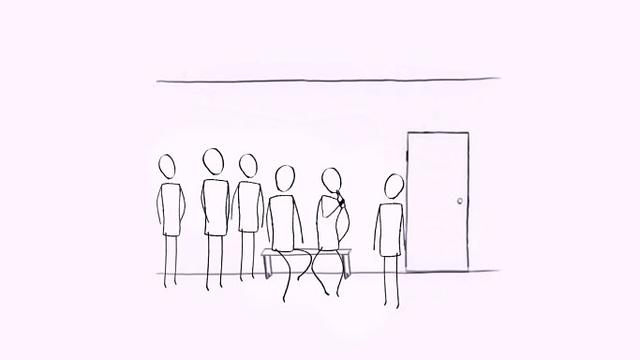In its Convention on the Rights of the Child, the United Nations states that children's views and perspectives should be listened to, especially when it comes to policy decisions that affect them.
In theory, this is great—but it's hardly the norm, particularly in the Global South.
Humphrey School Professor Deborah Levison and her research assistant, PhD student Anna Bolgrien, sought to develop a way to survey children in the Global South about difficulties and challenges they may be facing in everyday life, and to do so without putting children at risk of being overheard and punished by their family members or communities.
The result: Animating Children's Views, an open-source, human rights–based interview methodology using simple cartoon vignettes featuring different scenarios (e.g., peer pressure, child labor, street harassment) and a scale of emoji faces ranging from happy to sad.
After collaborating with an artist and an animator to create the vignettes, Levison and Bolgrien worked with teams of local collaborators in Nepal and Tanzania to gather quantitative data, with plans to expand the project to Brazil.
They hope that other organizations will adopt the Animating Children's Views methodology and use its online library of images and animations to help influence policy changes on a global scale.
"The point is that whatever kids have to say, we should be listening to it more," Levison says.
Learn more about Levison's work in this video.


